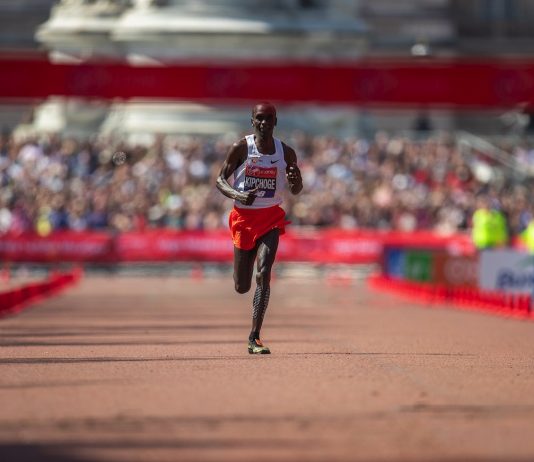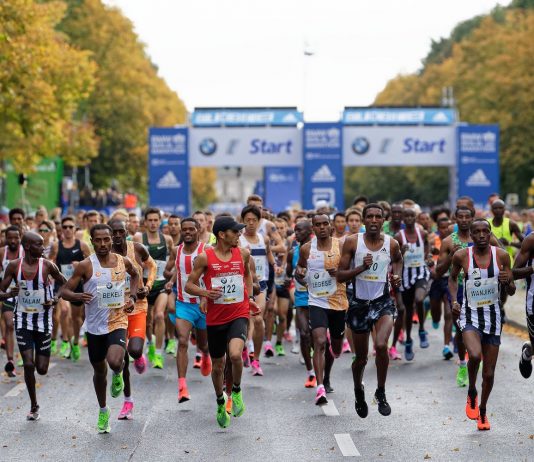If you're thinking about running your first half marathon, the prospect can be intimidating. But with the right preparation, you can conquer those 21 kilometers and cross the finish line feeling like a champion. Here are some tips to help get you started:
If you're a runner, you've probably heard terms like "interval training," "speed work," and "repetitions" thrown around. But do you really understand what they mean and how to incorporate them into your training program? This article aims to provide a basic understanding of these concepts and the potential risks associated with them.
As a graduate student, I neglected my self-care and suffered an ankle injury from stepping off a curb. It left me on crutches for weeks, which took a toll on my mental health. However, that misstep was the catalyst for my journey into running, one of resilience, determination, and growth.
Why Eliud Kipchoge’s Simple Training Plan Could Help You Run Faster and Stay Injury-Free
Runnerstribe Admin -
Kipchoge's training approach is based on a simple but effective strategy: running high volumes at low intensity, with only 15-20% of his training time devoted to high-intensity workouts.
The topic of slowing down the pace during easy runs is frequently talked about, but what is considered slow? How much of a reduction in speed is necessary? To clarify this, you can watch a short video featuring Eliud Kipchoge, the world record holder in the marathon, and the NN Running Team. If this doesn't convince you to take it easy on your easy days, then perhaps nothing will.
Running uphill is a demanding task that requires a combination of strength, endurance, technique, and determination. Many runners have mixed feelings about hill running, but there are several reasons to incorporate hills into your training routine.
Researchers have found that elite runners adhere to a strict training routine to ensure optimal performance. The key factors in this regimen are planning and periodization. The athletes gradually increase their running volume over several weeks during a base phase. As the preparation becomes more specific, they increase their running volume at race-pace intensity.
If your marathon plans got delayed due to the pandemic, it's time to adjust your training schedule. Brace yourself for the familiar challenges that marathon training brings, including the inevitable aches and pains.
Hill running is a workout that every runner should consider incorporating into their training routine. The benefits of hill running are numerous, including improved leg strength, running economy, and endurance. Not only that, but many professional runners swear by the effectiveness of hill running, including British athlete Sebastian Coe and New Balance coach Steve Vernon.
Stretching before a run has many advantages. After a run, stretching helps to enhance blood flow, which promotes muscle recovery and regeneration. By helping to remove waste and lactic acid, this therapy lowers pain in the muscles and joints. Stretching also improves the flexibility of the main running muscles, which can help to increase range of motion and reduce the possibility of overuse and muscular strain issues. To help the body get even more prepared for the next physical activity, lower the chance of muscular strain, and improve running performance, dynamic stretching is advised as part of the pre-run warm-up.












